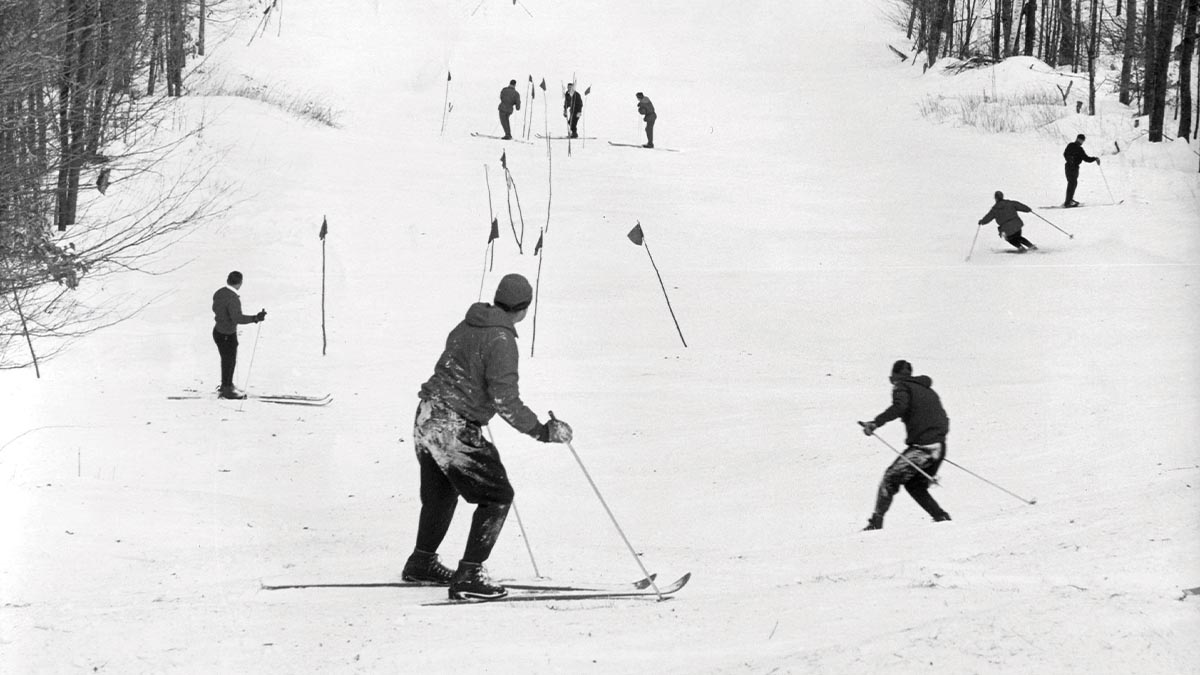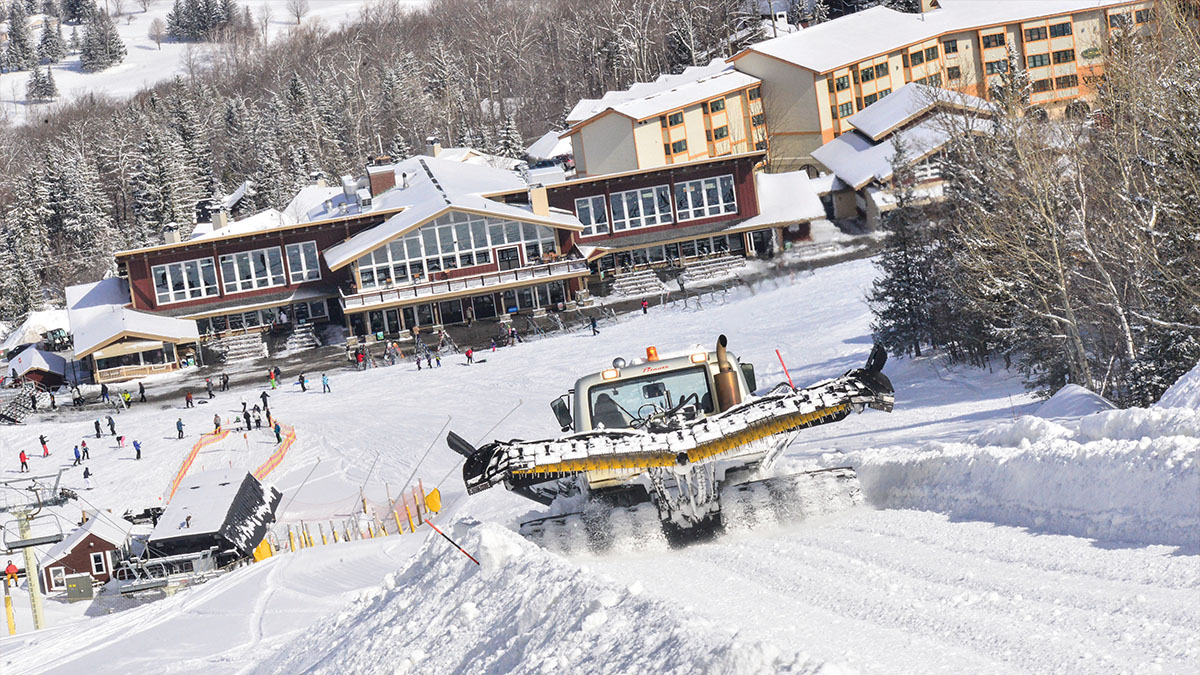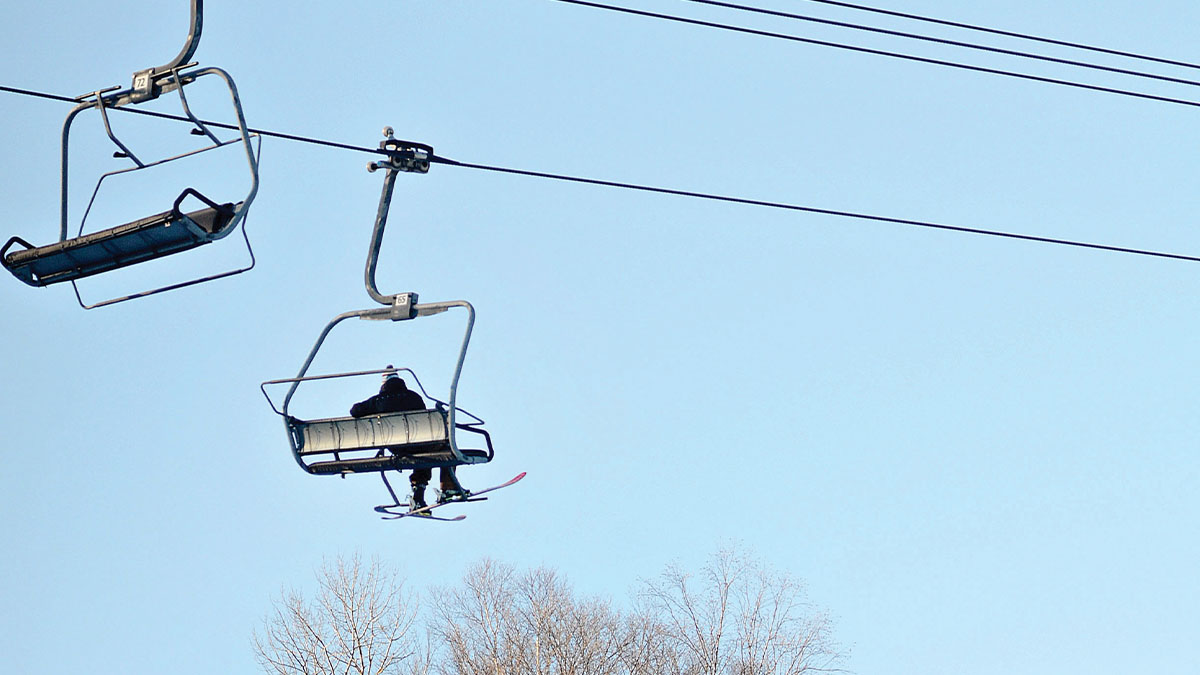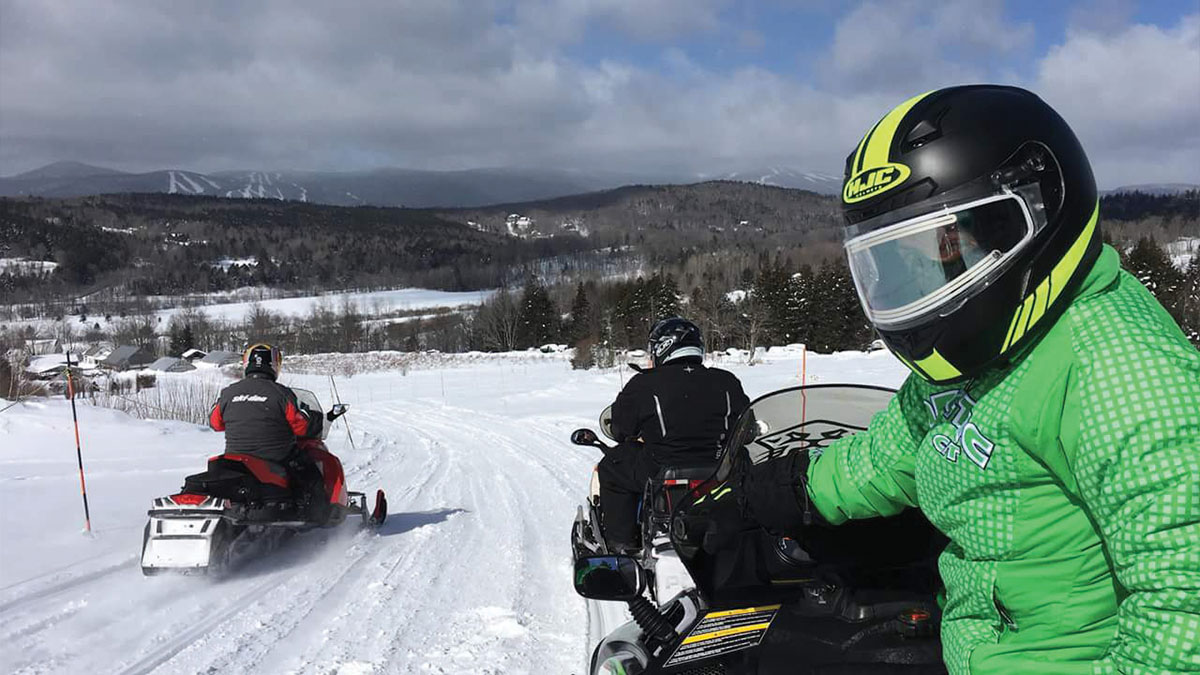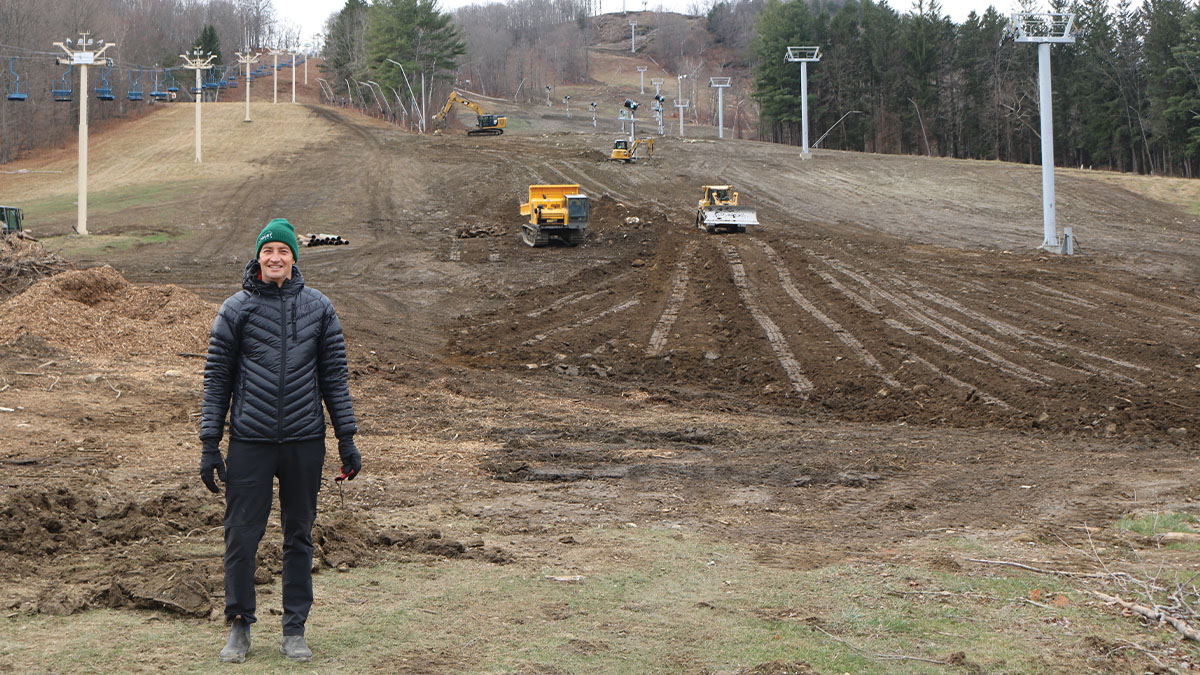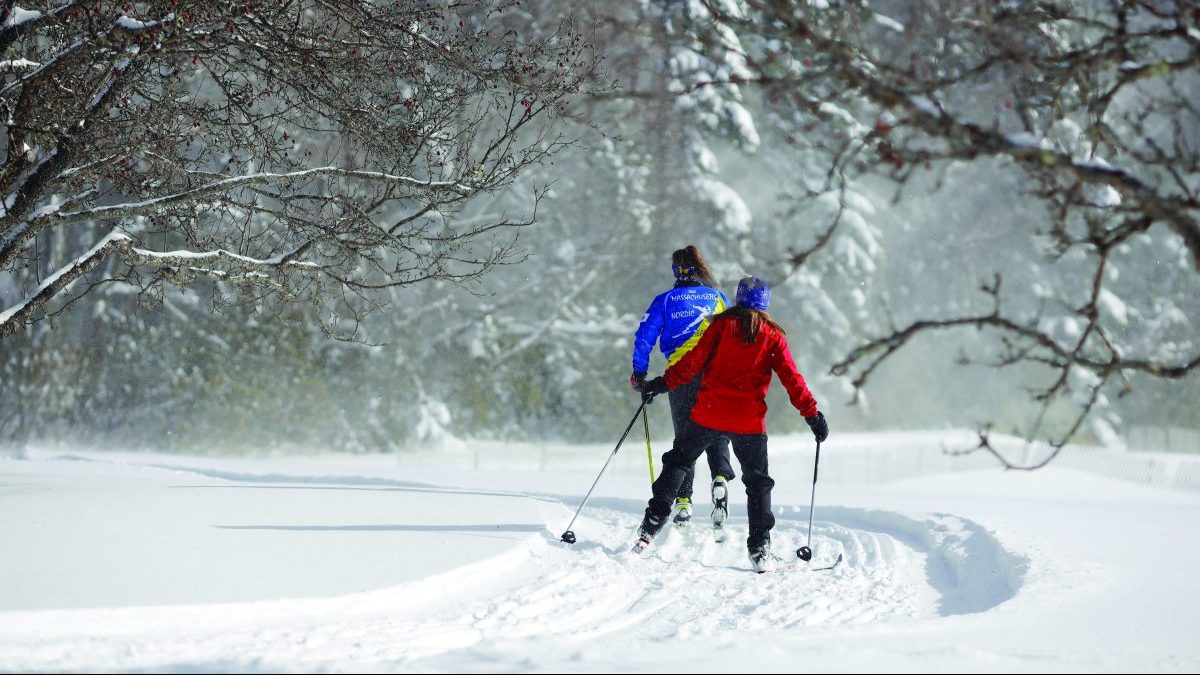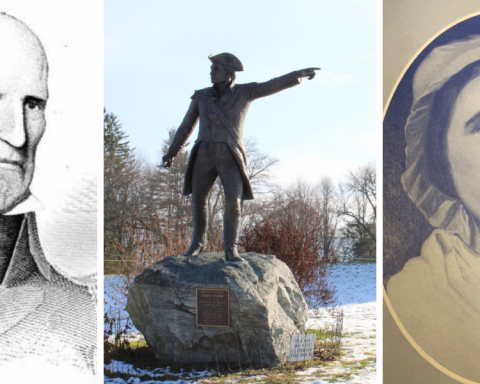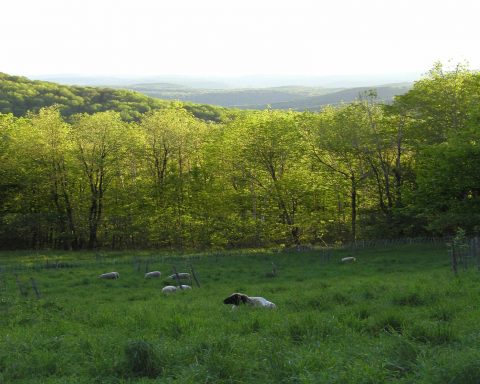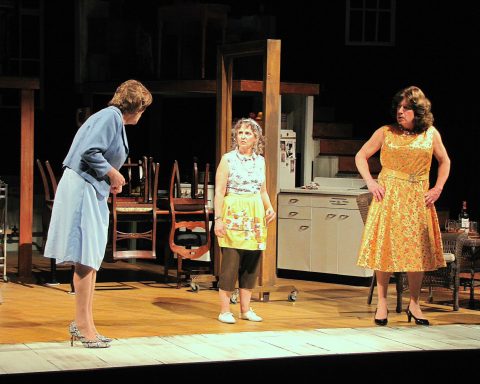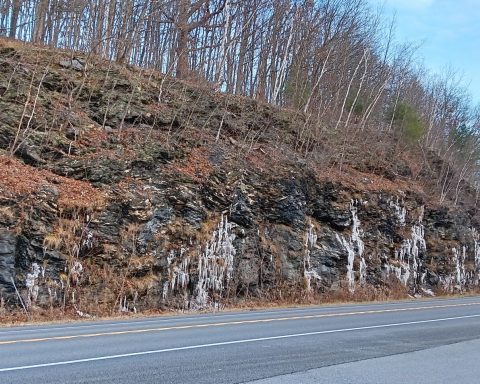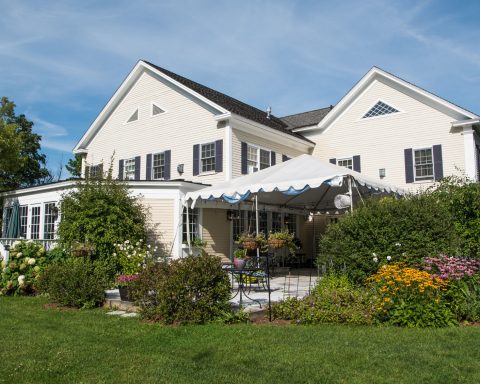Founded in 1946, this family-friendly ski hill still has a lot to offer

By Margaret Button
OTIS, Mass.
At one time, the Berkshires was the home to more than 35 small ski areas that catered to families. But as larger resorts opened, the smaller ski areas, unable to compete with them, were forced to close.
While many of those small ski hills are distant memories, one that has managed to survive — and even thrive — is Otis Ridge Ski Area.
Eric Van Oostveen, general manager at Otis Ridge, said the family-friendly area offers a beginner-style mountain, a “great” snow sports education department, and a mountain developed and set up for learning to ski.
Otis Ridge, according to its website, was founded by Berkshire Country residents David Judson and Bartow Holbrooke after returning to the area following their service in the 10th Mountain Division, in Italy, during World War II. They started construction of the ski area in November 1946. Their goal was to provide skiing without crowded lifts or trails.
During the first season, in 1946, two portable rope tows in tandem ran up the hill where the T-Bar now is located. The Ridge Run was the first and only trail during that first ski season.
Van Oostveen said the area now has 11 trails of varying difficulty.
“Sixty percent is a general beginner mountain, but there are some expert trails,” he said in a phone interview. He added that the area features a double chairlift, T-bar and two handle tows.
There are plenty of family-friendly events offered throughout the season at the ski area, Van Oostveen said, including a cardboard box race, in which race participants race down the mountain in decorated cardboard boxes.
“Some people spend weeks on them,” he said.
Another event is Retro Day, when people dress up like the 1970s and ’80s in old snowsuits and skis, and another day when people wear costumes. Fun Day, a day filled with fun for kids, is held at the end of the season each year.
The ski area offers a special midweek rate for home-schooled students, learn-to-ski programs for school groups and weekend morning, afternoon and half-day lessons with an instructor full time, in addition to private and group lessons for adults.

“In these days of COVID-19,” Van Oostveen said, “we’re trying to make the season as normal as we can. We have a new cleaning process, and there will be plenty of outside seating and outdoor bathrooms.” He added that the number of people entering the rentals building will be limited, but “it’s set up to move people in and out quickly.” Employees will undergo temperature checks and fill out health forms daily.
Skiers, he said, will have to wear face masks inside all ski area buildings. On the chairlift, skiers will only be allowed to ride with someone they came to the area with and must adhere to 6-foot social distancing rules in the lift lines. Contact tracing for all on the property also is planned.
Grouse House, a country inn at the base area of Otis Ridge that offers slope-side dining and drinks, is serving patrons its full menu with in-house dining, but by reservations only. It is limited to 50-percent occupancy. Takeout orders also are available.
Grab-and-go food will be available inside and outside.
“People can go to the window, order burgers and go,” he said.
History of Otis Ridge
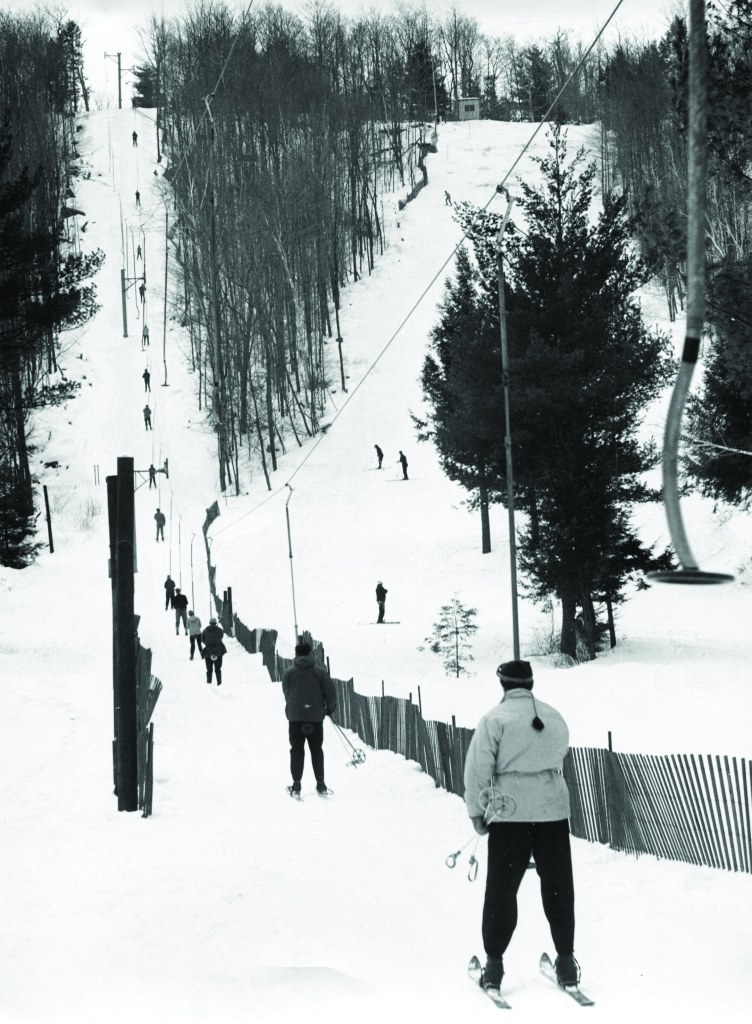
(Courtesy otisridge.com)
1946: First year of operation; two portable rope tows in tandem ran up the hill where the T-Bar now is located. The Ridge Run was the first and only trail.
1947: The Meadow Tow and Meadow Slope were added off Judd Road, with a small warming hut provided.
1948: A larger tow, the Ridge Tow, replaced the two portable tows. The Robber Oak and Upper and Lower Swing trails were cut connecting the Meadow Area to the Lower Area.
1949: The Flying Dutchman was cut.
1950: Slalom Hill, the largest and steepest trail, was cut to the left of the Ridge Tow.
1954: Snow-making introduced; ice farmed off local lakes, crushed and blown over lift lines and trails.
1956: Poma Lift was introduced.
1957: Acorn Trail cut.
1959: A J-Bar (a homemade lift constructed in North Adams) was added. A rope tow was built next to the Poma Lift, providing a beginner’s lift. The trail next to this new rope tow was called the Ski School Slope (now the western portion of the Bunny Hill.)

1960: Larchmont snow-making equipment installed on the Robber Oak and Flying Dutchman.
1962: A T-bar replaced the original Ridge Tow. The Ski School Bowl was cut between the Robber Oak and Acorn trails. The new Base Lodge, and Rental and Ski Patrol buildings, were constructed.
1966: The Farm Slope was cut on the Camp Side of Otis Ridge.
1967: The Farm Tow was installed next to the Farm Slope. The Bunny Tow replaced the original Ski School Tow.
1968: The Grouse House was constructed to house growing numbers of ski weekers. Huge snow-making compressors were installed in the basement, adding snow-making to all trails except the meadow.
1972: The Pony Tow and Pony Slope were constructed to accommodate growing numbers of ski school classes.
1975: The Know Trail was cut, providing a crucial transition in terrain for improving intermediate skiers. The first full-service touring trails were cut, with touring rentals added to the shop, and nordic instructors added at the ski school.
1977: The touring trails were expanded and the first touring trail grooming equipment was added. The Knox Trail was widened to accommodate racing. The Ski School Bowl, Glade and Robber Oak were widened into one expansive intermediate area. The Bunny Hill and Pony slopes were reshaped. The Meadow and Camp slopes were widened, tripling in size and becoming one expansive novice area.
Maggie Button is the associate features editor at the Berkshire Eagle and pens the biweekly food column “Kitchen Comfort.” Prior to joining The Eagle in 2014, she served as the city editor of the North Adams Transcript for 26 years. She resides in North Adams.
